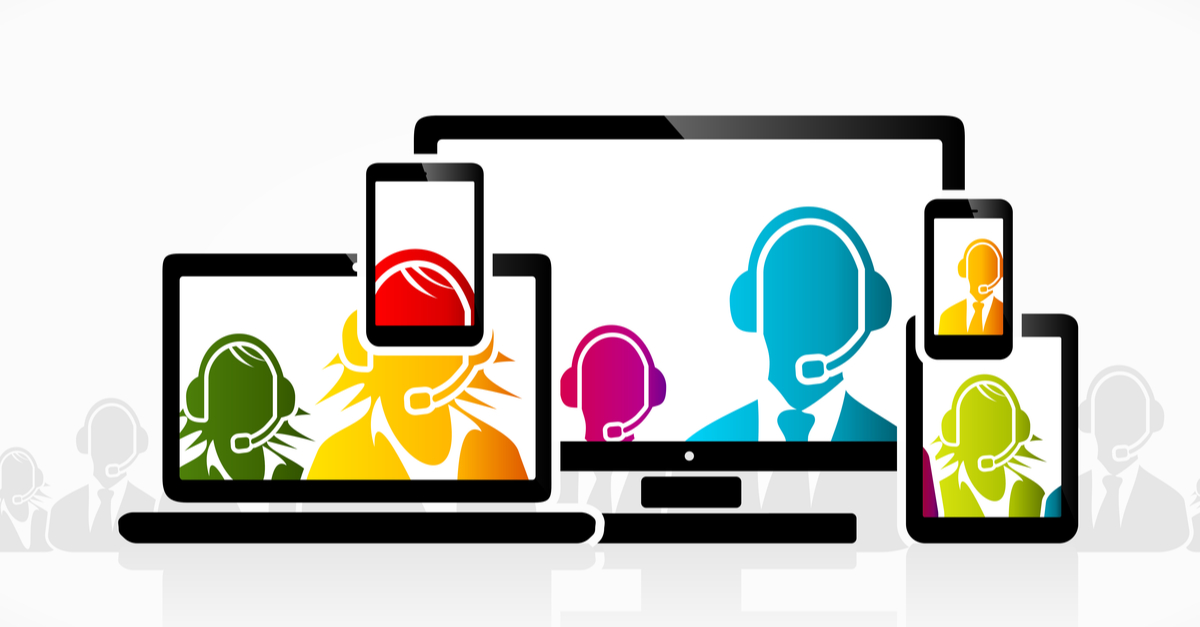In customer service, we find comfort in putting customers in different boxes or categories. This group of customers prefer email communication, these customers prefer phone interactions, those customers are high maintenance, etc. But what if I told you that a customer’s category changed based on the situation and circumstances? And it's possible to keep up with customer needs with omnichannel?
Ultimately, customers have revealed they want to be directed to the channel that resolves their situation quickest. Every channel brings organizational value, and if your organization isn’t currently competing in the core four – voice, chat, email and social media – then you should consider incorporating them into your customer journey. However, like all things, every channel has an appropriate time and place.
The study found that businesses and consumers both like email for proactive communication. For example, while email and SMS is not the best medium to solve issues, it might be the best way to proactively deliver simple communications. I rather get an email from my doctor’s office reminding me that I’m due for my annual exam or confirming my appointment than receiving a voice call. However, if that same office has an issue with my insurance referral, I rather they call me than email or text back and forth about it. Same customer, but different preference based on the situation.
Luckily call center software platforms that offer Omnichannel Session Handling empower your agents to adapt to the customer communication preference based on the specific scenario. While the agent can’t control through which channel the customer reaches out, they can make the decision to escalate the contact to a different channel as needed. For example, if I begin chatting with my bank regarding a fraudulent charge, but the agent identifies that solving this complex issue over the phone would result in both quicker resolution and higher customer satisfaction, the agent should have the ability to easily elevate that contact directly from the chat.
Many customer care organizations survey their customers regarding their communication preferences to help guide their resource investments and technology roadmap. This is a great practice, but to avoid misguided investments, organizations should consider capturing that information based on different scenarios to get accurate insight that can help drive customer satisfaction. For example, the customer could be asked:
- Through which channel do you to contact us (the company)?
- Through which channel do you prefer communication from us regarding:
- Updates (like appointment reminders, etc.)?
- Issues with your account?
- Sales offers?
This information should also be captured on the customer’s account to align outbound communications appropriately based on the issue at hand. As your contact center evolves further and analytics capabilities are introduced, you can even begin using predictive analysis based on contact trends to understand customers’ preferred channels and not only drive appropriate outbound behavior, but ensure proper staffing for inbound contacts. Whoa!
So, next time your organization is discussing customer journey or preferences, think about your preference categories more broadly. Either that, or get a much bigger box!




